Aplenty Red Quinoa Seeds | Gluten Free Healthy Food | Diet Foods High Fiber And Protein | Chenopodium Quinoa
- Delivered today (order Mon-Fri before 12:00, delivery between 17:00 and 22:00)
- Including shipping costs, sent by klbtheme.com
- Pick up at a klbtheme.com collection point is possible
- 30 days to change your mind and free returns
- Day and night customer service
Description
Quinoa is a flowering plant in the amaranth family. It is a herbaceous annual plant grown as a crop primarily for its edible seeds, the seeds are rich in protein, dietary fiber, B vitamins, and dietary minerals in amounts greater than in many grains. Quinoa is not a grass, but rather a pseudo cereal botanically related to spinach and amaranth and originated in the Andean region of northwestern South America. It was first used to feed livestock 5,200–7,000 years ago and for human consumption 3,000–4,000 years ago in the Lake Titicaca basin of Peru and Bolivia.
About this item
- Quinoa is actually a seed but is consumed like a grain, owing to which it’s also known as pseudo-grain. The wide popularity of quinoa across all corners of the world and all-time zones is due to its widespread availability and high nutrition profile.
- Quinoa also contains double the amount of fiber as most other grains. A cup of quinoa containing 185 grams of it has about 5.18 grams of fiber.
- The red quinoa species belong to South America
- It has a nutty flavor. Once it is cooked, it loses the initial crunch and acquires a chewy texture.
- Red quinoa is mostly used in salads, as it has a rich color, which looks great in salads.
- Red quinoa gives a good red color to their food, but sometimes it is available in deep violet color. The presence of betalains gives the red color in these varieties of quinoa. Moreover, betalains also add antioxidant properties to red quinoa.
- Red quinoa is rich in protein, fiber, and many important vitamins and minerals. Plus, it’s higher in antioxidants than other varieties of Quinoa
Additional information
| Weight | N/A |
|---|---|
| Weight | 1800g, 400g, 900g |

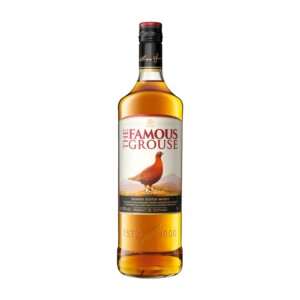
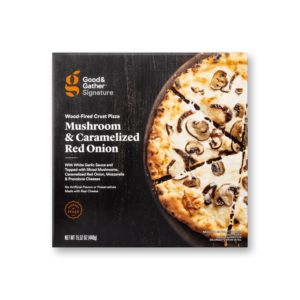
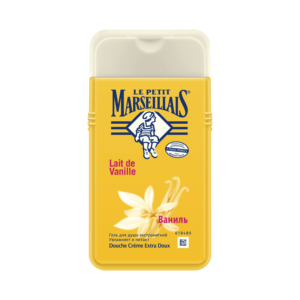
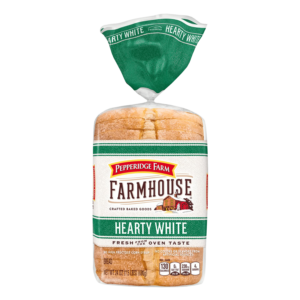
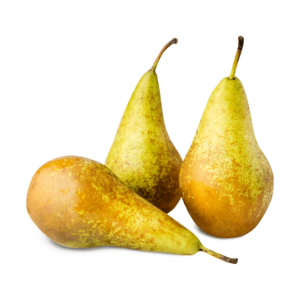
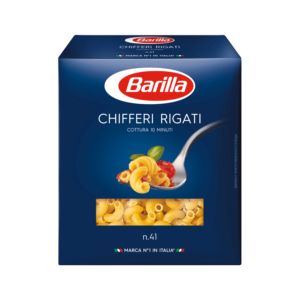




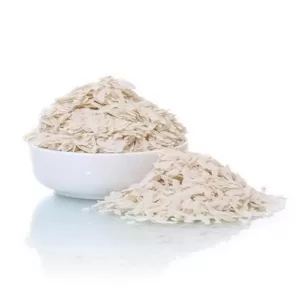
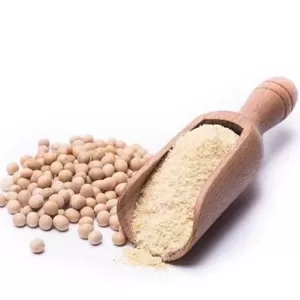
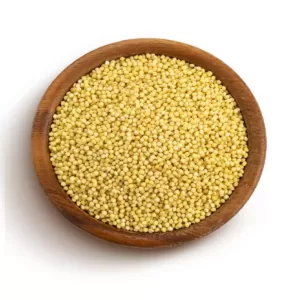
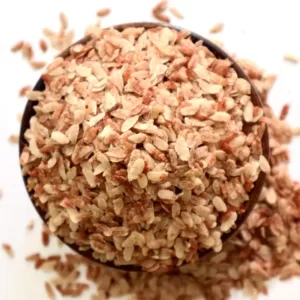
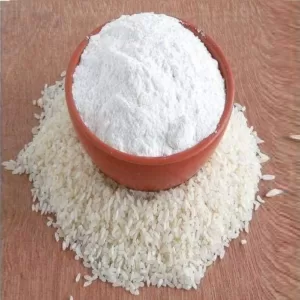
Reviews
There are no reviews yet.